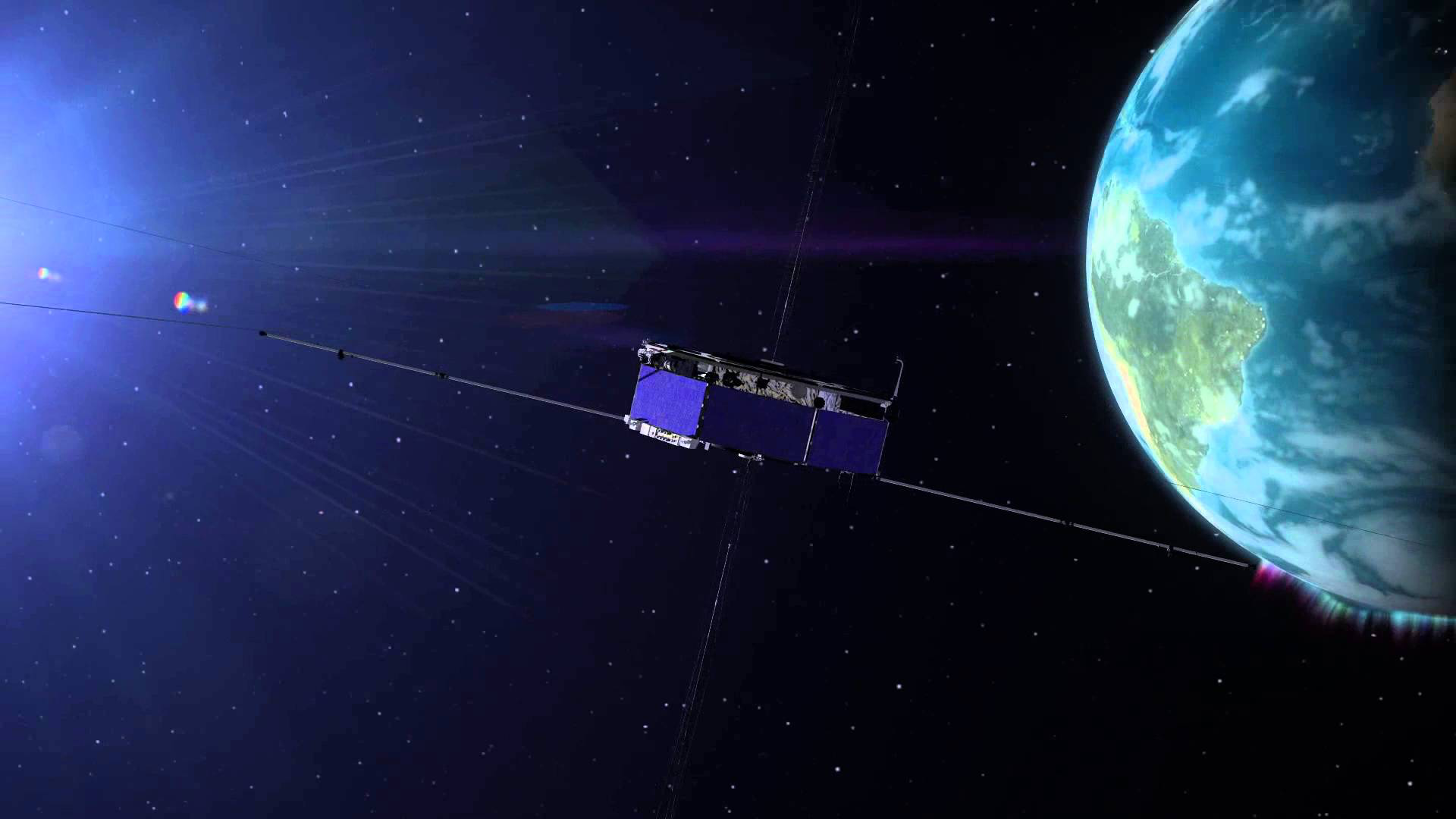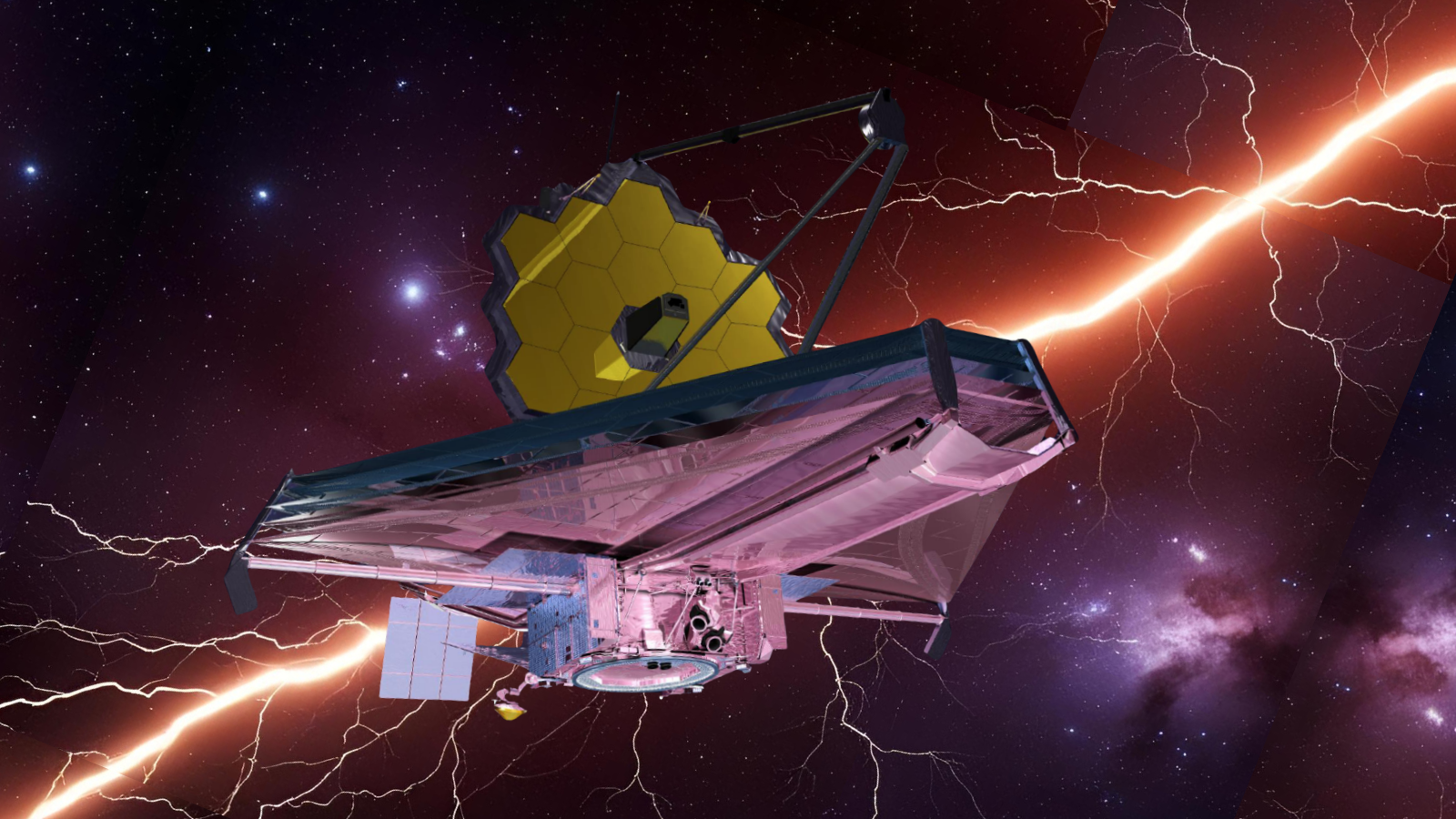High-Flying NASA Mission Sets New GPS World Record

A NASA mission's GPS prowess is now part of the record books: The Magnetospheric Multiscale (MMS) mission just broke a Guinness World Record for highest altitude fix of a GPS signal.
The four MMS satellites set the new space record by using GPS navigation at an altitude of 43,500 miles (70,000 kilometers) above Earth's surface. The satellites use GPS, which is a navigation system that pinpoints locations by checking in with devoted satellites in orbit, to stay in a tight flying formation as they survey Earth's magnetic field.
This isn't the only time that MMS broke a record. Previously, it managed the closest flying formation between several spacecraft, with only 4.5 miles (7.24 km) separating the four satellites. [NASA's Magnetospheric Multiscale Mission in Pictures]
MMS are also the fastest-traveling craft to use a GPS receiver, reaching 22,000 mph (35,405 km/h) when the mission is at its closest point to Earth along its orbit.
The primary mission of MMS is to help scientists understand Earth's magnetosphere, which is the region surrounding our planet where Earth's magnetic field is dominant (as opposed to the magnetic field of space itself).
"The mission uses four individual satellites that fly in a pyramid formation to map magnetic reconnection — a process that occurs as the sun and Earth's magnetic fields interact," officials from NASA's Goddard Space Flight Center said in a statement. "Precise GPS tracking allows the satellites to maintain a tight formation and obtain high resolution three-dimensional observations."
Studying magnetic connection helps scientists understand phenomena ranging from flares on the sun's surface to auroras in Earth's atmosphere, NASA added.
Breaking space news, the latest updates on rocket launches, skywatching events and more!
The satellites will go to a higher orbit to look at a different region of the magnetosphere in spring, beginning Phase 2 of the mission. During that stage, the satellites are expected to at least double the GPS record they set, officials said.
Follow Elizabeth Howell @howellspace, or Space.com @Spacedotcom. We're also on Facebook and Google+. Original article on Space.com.

Elizabeth Howell (she/her), Ph.D., was a staff writer in the spaceflight channel between 2022 and 2024 specializing in Canadian space news. She was contributing writer for Space.com for 10 years from 2012 to 2024. Elizabeth's reporting includes multiple exclusives with the White House, leading world coverage about a lost-and-found space tomato on the International Space Station, witnessing five human spaceflight launches on two continents, flying parabolic, working inside a spacesuit, and participating in a simulated Mars mission. Her latest book, "Why Am I Taller?" (ECW Press, 2022) is co-written with astronaut Dave Williams.

